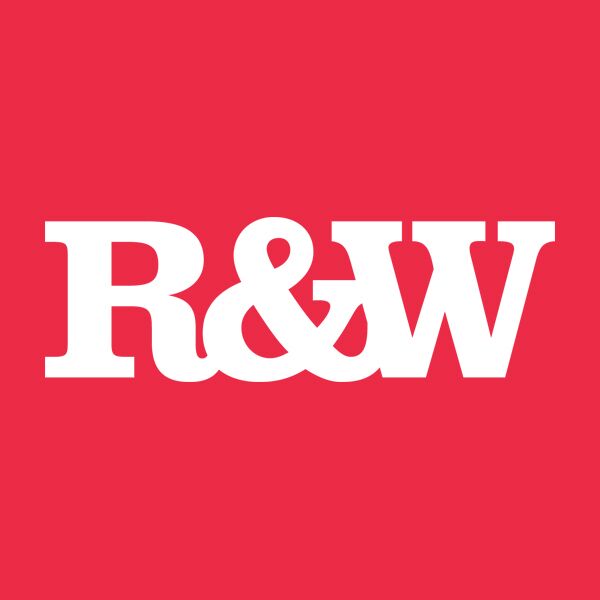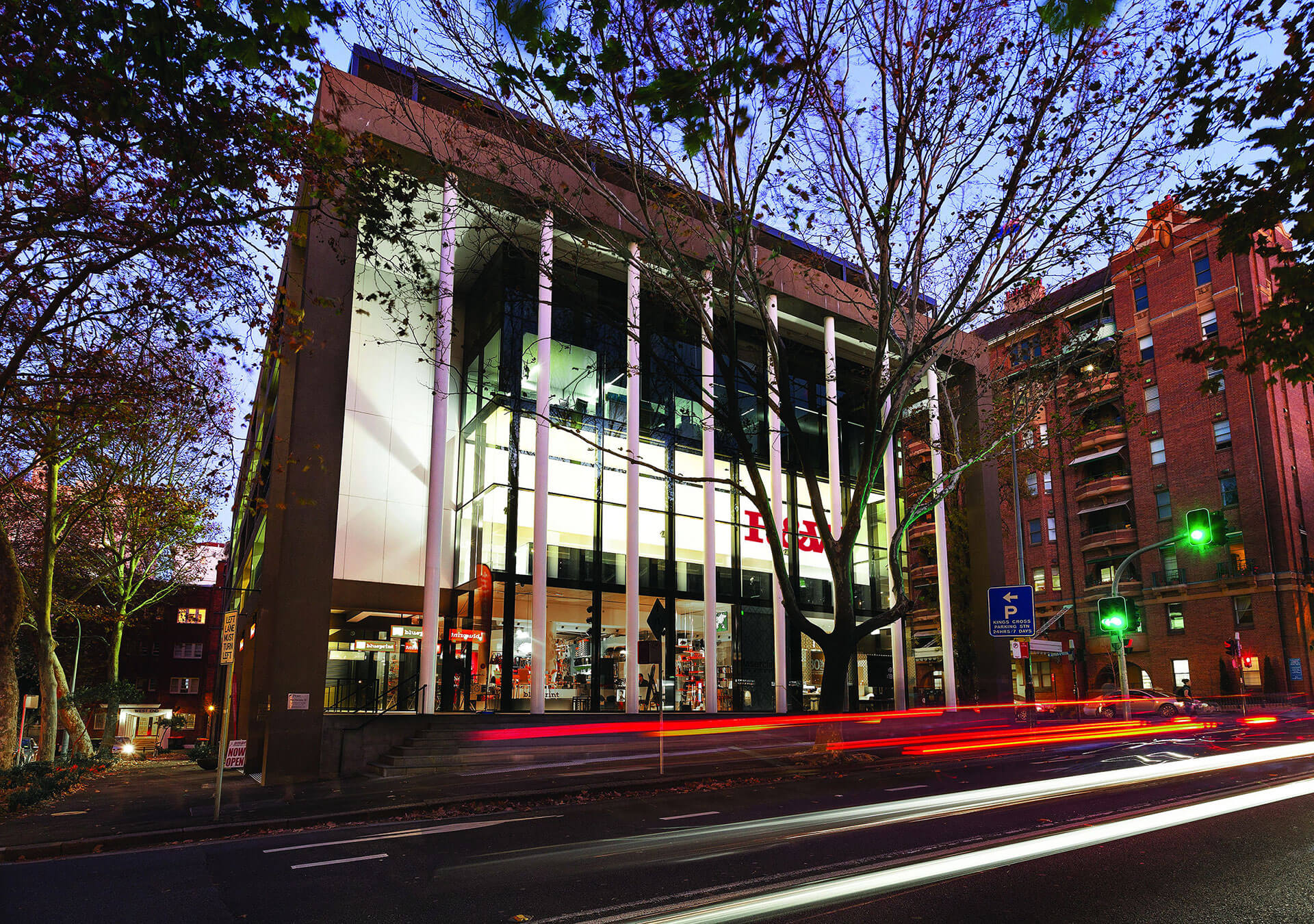HABITAT 1 McDONALD STREET POTTS POINT

Habitat apartments, 1 McDonald Street, Potts Point, is a seven-storey building built in 1964. The word Habitat derives from the Latin, meaning “to live”, an appropriate name for a block of apartments.
Apartment 23 is for sale through Penny Timothy https://www.rwebay.com.au/5540439/
The 1889 sub-division of the Challis Estate, after which nearby Challis Avenue is named, created today’s McDonald Street. The land was previously owned by the wealthy industrialist, Henry Challis (1806-1880).
The original spelling of today’s McDonald Street was Macdonald Street but changed over time. Mr Macdonald lived nearby.
It is a small, quiet cul-de-sac running east-west off Macleay Street at its northern end. Although only about 350 metres long it contains some interesting homes in its white Magnolia Grandiflora tree-lined streetscape.
From about 1854 Challis had let his own house, Adelaide Cottage, to his business partner, Alexander MacDonald (his original family spelling).
Mr MacDonald lived there until he died in 1888. MacDonald had migrated to Sydney about 1848 and from the late 1850s was a partner in the Sydney firm of general importers MacDonald, Smith and Co. That firm grew out of Flower, Salting & Co., of which Challis was a partner. MacDonald was also associated with the Union Bank.
The original late nineteenth century home on the Habitat site was called “Corio”, a substantial two-storey villa with its bay window facing McDonald Street. It later became a private hotel in 1935 and during the WW II was used for Dutch war refugees, run by a Dutch couple. After the war it was run as a private hotel and boarding house by Mrs O’Keefe. She sold it in 1959 to a development company and it was then demolished it in 1961. There were various high-rise development applications approved, one including a medical centre and one refused for a hotel, with the current building for “home units” then christened “Mowbray” in 1964.
In 1966 locals complained the site had become an illegal motel with a sign “Florida Motel” erected facing McDonald Street and ads in local newspapers, with meals being served to occupiers. Sydney Council threatened legal action and demanded “cessation of unauthorised uses forthwith”, adding “legal action may be instituted without further warning”.
The owners stated only cold breakfasts were served with no cooking on site, hastily adding, “There are now no wild swimming parties that used to run to all hours of the morning and we have asked several girls of doubtful profession to vacate the premises”[!]
No further council action occurred.
In 1989 the Florida Motor Inn advertised apartments for $28-00 per week: “fully contained serviced apartments, fully equipped with TV, radio and direct dial phones, in a quite garden setting with pool, sauna and BBQ. Mention this ad when booking to receive a 10% discount.”
The building was later sold, upgraded for apartments and renamed Habitat in the late 1990s, its originally intended use.
It was designed by important architects, Rudder Littlemore, who designed the famous former curved Qantas building at 1 Chipley Square. David Littlemore AO was one of Australia’s most distinguished architects. He was one of the first life fellows of the Royal Australian Institute of Architects and headed the consortium that took over the design and construction of the Sydney Opera House in 1966 when Jørn Utzon resigned his commission from the NSW Government.
Habitat still enjoys panoramic views over the city skyline from its upper floors, a lagoon-style swimming pool amidst tropical gardens.
Apartment 23 enjoys sustainable black bamboo flooring within its boutique floor plan in a building subject to recent refurbishments.
By
Andrew Woodhouse





